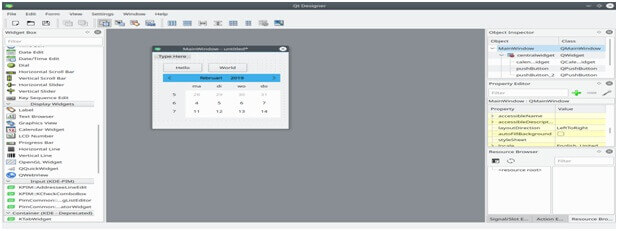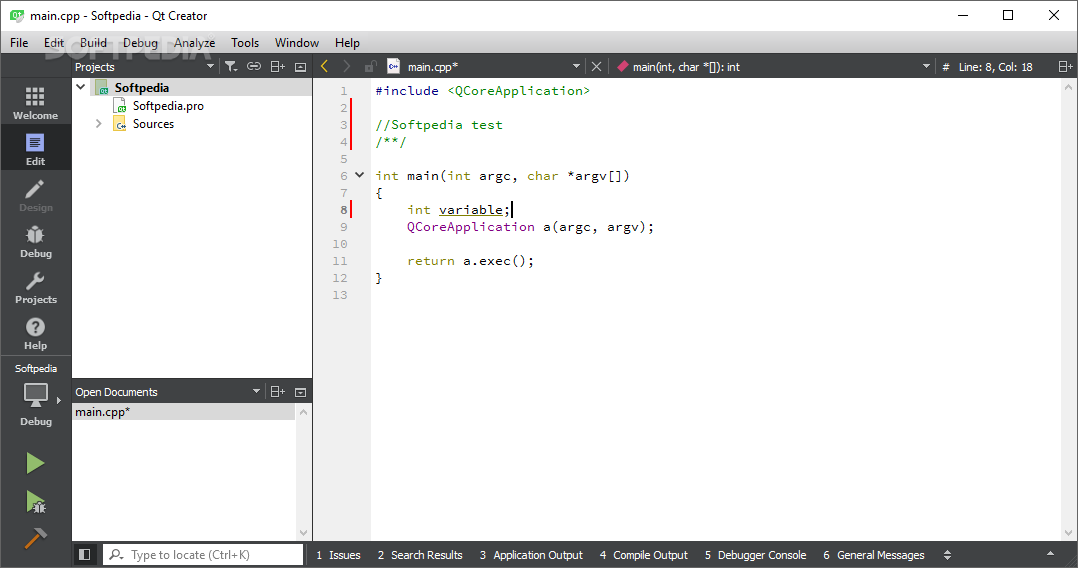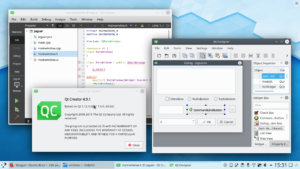

ui file and the name of the Python module that willīe created.
#Qt designer for windows 8 code
Generated code to be used as it is by PyQt v3 applications.

The uic module contains the following functions and objects. The first example shows the direct approach where we simply create a simple The generated code can then be used in a number We also assume that the name of the file containing the generated Python code ui file has been createdĬontaining a dialog and the name of the QDialog object is ImageDialog. In the following examples we assume that a. We refer to this type as the Qt base class. The type of thisĪrgument (typically QDialog, QWidget or QMainWindow) is set inĭesigner. Which is the widget in which the user interface is created.

The class contains a method called setupUi(). In the Ui namespace.) We refer to this class as the form class. The name of the class is the name of the toplevel object set The code is structured as a single class that is derived from the Python The code that is generated has an identical structure to that generated by Qt’s Both are described in detail in the following PyQt4’s pyuic4 utility is a command line interface to Utility it can also generate the Python code that will create the user ui files to create a user interface dynamically. PyQt4 does not wrap the QUiLoader class but instead includes the Qt also includes the QUiLoader class thatĪllows an application to load a. Qt includes the uic utility that generates the C++ code thatĬreates the user interface.

ui files to store designs and does not generate anyĬode itself. To prototype them with your users, before you have to write any code. To preview your designs to ensure they work as you intended, and to allow you Using on-screen forms and a simple drag-and-drop interface. It allows you to design widgets, dialogs or complete main windows Qt Designer is the Qt tool for designing and building graphical user


 0 kommentar(er)
0 kommentar(er)
